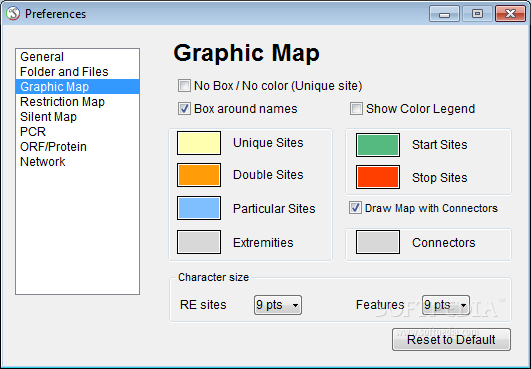
Preparing an insert for transfer from one vector to another usually requires digestion with two different REs. Add 4µl of 6X Blue/Orange Loading Dye and analyze digested DNA by gel electrophoresis. Incubate at the appropriate temperature and the appropriate time for the enzyme. Mix by pipetting and collect the contents at the bottom of the tube. For a digestion with a single RE the reaction is very simple: Restriction digestion is one of the most common reactions performed in molecular biology. Many restriction enzymes will not cut DNA that is methylated on one or both strands of the recognition site, while some require substrate methylation. Type II REs cleave double-stranded DNA (dsDNA) at specific sites within or adjacent to their recognition sequences.

Restriction endonucleases (RE), also referred to as restriction enzymes, are proteins that recognize short, specific (often palindromic) DNA sequences.

Many strategies have been employed to do partial digests including decreasing reaction temperature, using a non-optimal buffer, and decreasing units of enzyme. You can manipulate the restriction digest conditions such that you will digest only a subset of sites. Under normal restriction digest conditions, the enzyme is in excess so that all recognition sites in the plasmid can be cleaved. The presence of the same restriction enzyme recognition site in the insert and the multiple cloning region does not necessarily preclude use of that restriction site in a subcloning strategy. Subcloning Strategy: Common Restriction Sites with Partial Digests Controlling Cut Frequency in Restriction Digestion Partial Restriction Digestion can be performed. Having a restriction site in both the multiple cloning region and the insert does not exclude the use of this site for subcloning. These nicks will be repaired in the bacteria upon transformation. The vector has been dephosphorylated so the second bond will not be formed in vitro (indicated by the OH). The T4 DNA Ligase will join the DNA by reforming the bond between the 5´-PO 4 coming from the insert and the 3´-OH of the vector.


 0 kommentar(er)
0 kommentar(er)
